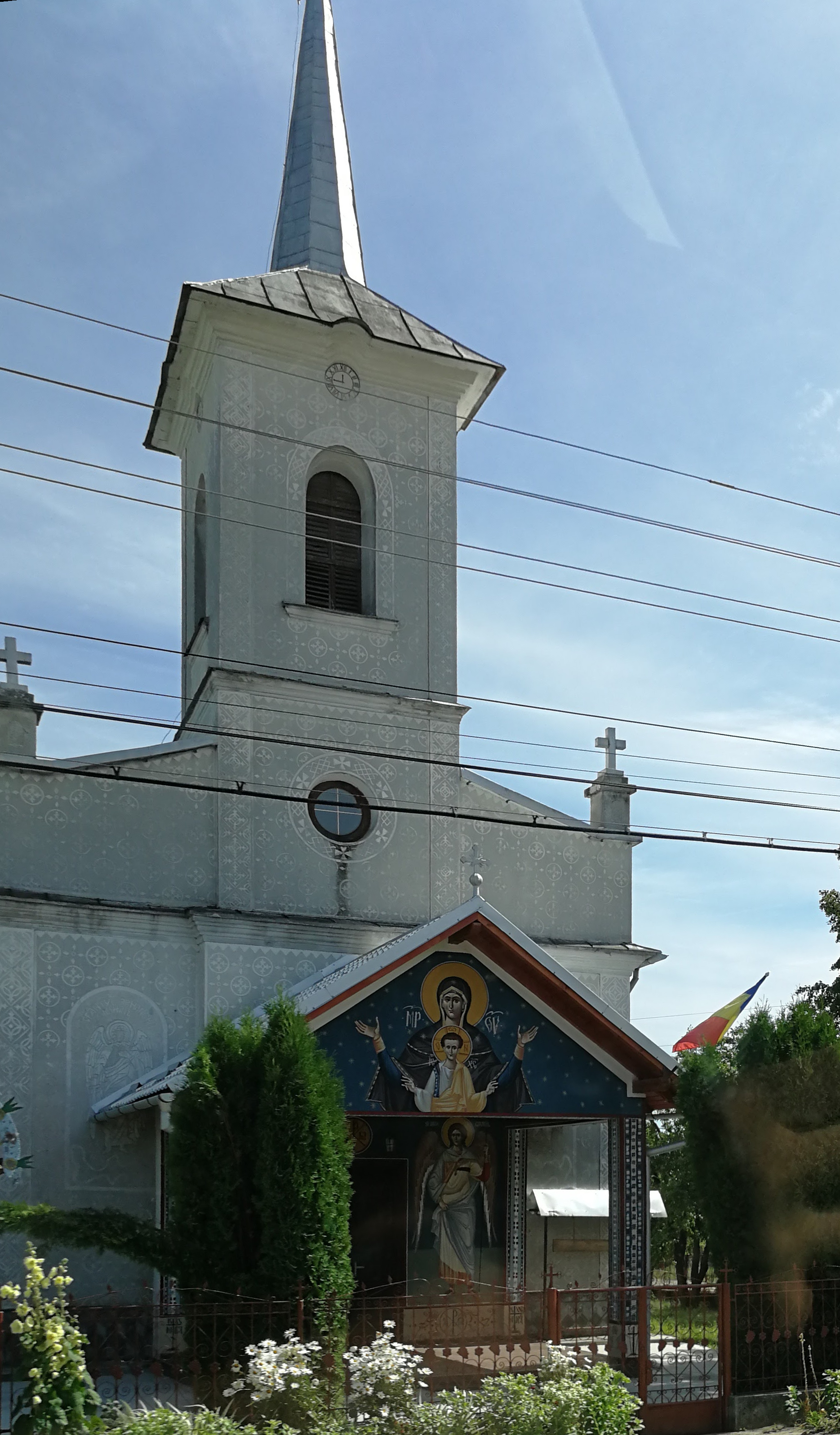|
Petru Rareș, Bistrița-Năsăud
Petru Rareș is a commune in Bistrița-Năsăud County, Transylvania, Romania. It is composed of two villages, Bața (''Baca'') and Reteag (the commune centre; hu, Retteg; german: Retteneck). It also included Ciceu-Mihăiești, Ciceu-Corabia and Lelești villages until 2005, when these were split off to form Ciceu-Mihăiești Commune. Named after Petru Rareș (voivode of Moldavia in the 16th century), the commune lies on the Transylvanian Plateau, on the right bank of the Someșul Mare River. It is located in the western part of the county, on the border with Cluj County, at a distance of from the town of Beclean and from the county seat, Bistrița; the city of Dej is 14 km to the west, in Cluj County. At the 2011 census, Petru Rareș had a population of 3,351. According to the census, 53.21% of inhabitants are Romanians, 25.75% Roma, and 17.1% Hungarians Hungarians, also known as Magyars ( ; hu, magyarok ), are a nation and ethnic group native to Hungary () and h ... [...More Info...] [...Related Items...] OR: [Wikipedia] [Google] [Baidu] |
Bistrița-Năsăud County
Bistrița-Năsăud () is a county (județ) of Romania, in Transylvania, with its capital city at Bistrița. Name In Hungarian language, Hungarian, it is known as ''Beszterce-Naszód megye'', and in German language, German as ''Kreis Bistritz-Nassod''. The name is identical with the county created in 1876, Beszterce-Naszód County ( ro, Comitatul Bistriţa-Năsăud) in the Kingdom of Hungary (the county was recreated in 1940 after the Second Vienna Award, as it became part of Hungary again). Except these, as part of Romania, until 1925 the former administrative organizations were kept when a new county system was introduced. Between 1925–1940 and 1945–1950, most of its territory belonged to the Năsăud County, with smaller parts belonging to the Mureș County, Mureș, Cluj County, Cluj, and Someș County, Someș counties. Demographics On 31 October 2011, it had a population of 277,861 and the population density was . * Romanians – 89.9% * Hungarians in Romania, Hungar ... [...More Info...] [...Related Items...] OR: [Wikipedia] [Google] [Baidu] |
Beclean
Beclean (; Hungarian and German: ''Bethlen'') is a town in Bistrița-Năsăud County, in north-eastern Transylvania, Romania. The town administers three villages: Coldău (''Goldau''; ''Várkudu''), Figa (''Füge''), and Rusu de Jos (''Alsóoroszfalu''). Geography The town lies on the Transylvanian Plateau, at the confluence of the river Someșul Mare with its affluent, the Șieu. It is located in the western part of the county, at a distance of from the town of Năsăud and from the county seat, Bistrița; the city of Dej is to the west, in Cluj County. History The town of Beclean is the ancestral seat of the Hungarian Bethlen family. In 1850 the inhabitants of the town were 1,475, of which 805 Romanians, 327 Hungarians, 163 Jews, 163 Roma, 5 Germans, and 12 of other ethnicities. Beclean had 10,628 inhabitants at the 2011 census; of those, 81.6% were Romanians, 14.2% Hungarians, and 3.7% Roma. Transportation Beclean is the site of an important railway junction (the tr ... [...More Info...] [...Related Items...] OR: [Wikipedia] [Google] [Baidu] |
Lajos Márk
Lajos Márk, also known as Louis Marc (25 August 1867, Petru Rareș, Bistrița-Năsăud, Reteag – 18 March 1942, New York City) was a Hungarian painter, illustrator and poster artist. Biography His father, , was an economist. After an education in Jesuit and Piarist schools, his artistic talents led his father to enroll him in the Hungarian University of Fine Arts, Hungarian Royal Drawing School in 1885, where he studied with , János Greguss and Bertalan Székely. After six months, he moved to Munich, where he studied at the private school operated by Simon Hollósy. He also took preparatory courses with Johann Caspar Herterich at the Academy of Fine Arts Munich, Academy of Fine Arts. Rather than become a full-time student there, he went to Paris and entered the Académie Julian, where he studied for an additional two years with Tony Robert-Fleury and William Bouguereau. He returned to Budapest in 1890, to perform his mandatory military service. Between 1892 and 1897, he ... [...More Info...] [...Related Items...] OR: [Wikipedia] [Google] [Baidu] |

.jpg)
